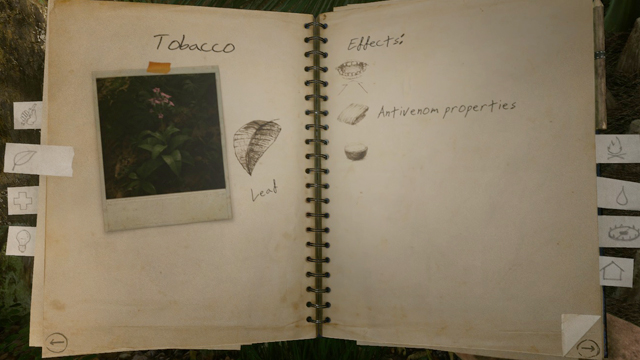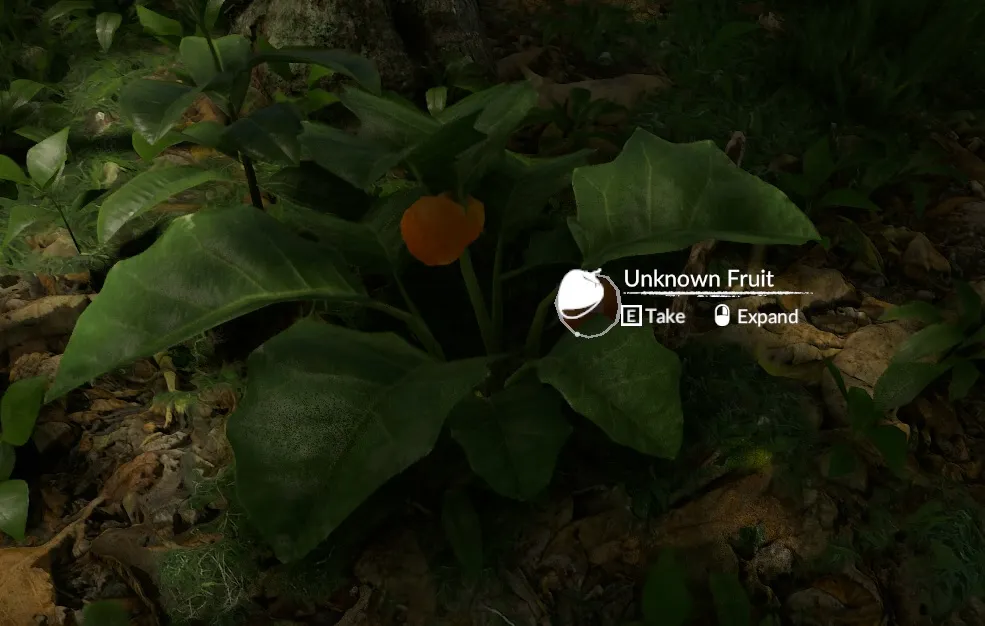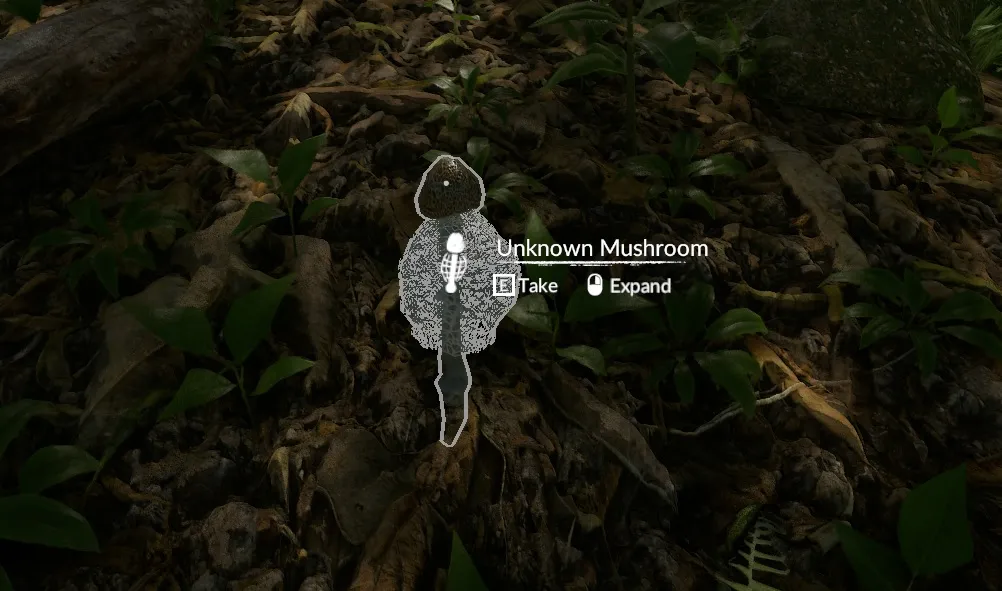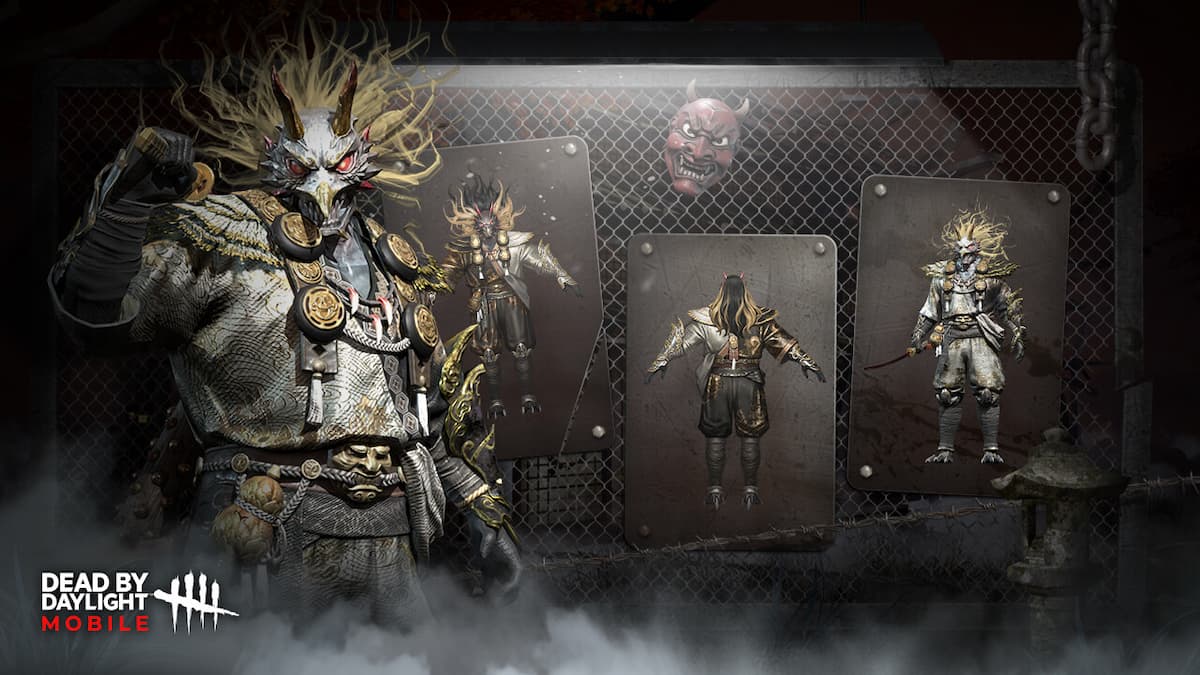The green world of Green Hell, the latest survival game from Creepy Jar, is very rich and inspired by real-life plant species, which can be found in the tropics of the Amazon.
Recommended Videos
Currently, there are a limited number of plants you can collect in the game and use either as a food source or for medicinal purposes. If you wonder what types of plants in Green Hell you can actually use and discard the rest, then follow our guide below.
Green Hell Flowers, Leaves, and Trees
- Tobacco: Pink flowers with green leaves that can be used to craft antivenom bandages.
- Bamboo: Bamboo stalks can be used for building.
- Plantain Lily: Purple flowers with heart-shaped leaves that can be eaten for its antivemon properties or made into a brew for dealing with venom wounds.
- Spike Tree: Can be cut down for logs and sticks but applies venom each time you hit it.
- Brazil Nut Tree: Brazil Nut Trees are larger than others and cannot be cut down.
- Malanga: A short plant with large, broad leaves, the Unknown Bulb you get from these can be cooked for a source of carbohydrates, but it will give you food poisoning if eaten raw.
- Young Palm Tree: Can give an edible Heart of Palm when cut down.
- Coconut Palm Tree: These trees can hold up to four coconuts, which are nutritious. Throw rocks at the trees to get the coconuts loose.
- Molineria: Yellow flowers with green leaves that can be crafted into leaf bandages and further ailment-healing bandages.
- Unknown Herb Plant: A plant with a long purple flowering herb sticking out the top. The leaves can cure food poisoning but the purple stem causes food poisoning.
- Quassia Amara: Red flowers that grow on short trees and are used for curing fever.
- Water Lily: White flowers that can be found on ponds cure food poisoning.
Green Hell Fruits, Nuts, and Berries
- Unknown Fruit Plant: Grows on small bushes, looks like an orange and satiates hunger refilling your levels of carbohydrates.
- Monstera Deliciosa: A plant with large leaves with holes in them. The flower that grows on this plant will grow into a fruit if left long enough, the fruit itself being high in protein and carbohydrates.
- Soursop Plant: Guanabana Fruit comes from these long-stem plants, the fruit itself a good source of carbs and hydration and useful to treat parasites.
- Psychotria Viridis: A plant bearing small red berries, this one yields Psychotria Berries needed for ayahuasca in story mode. The berries grant some carbohydrates and hydration when eaten, but they cause food poisoning.
- Banana: Grows on banana palms and satiates hunger with carbohydrates.
- Cassava: Root-like brown fruit that grows on Cassava plant can be eaten only in cooked form; replenishes your carbs.
- Unknown nut: Nuts that fall from palm trees that can be safely eaten as a source of fats.
Mushrooms
- Phallus Indusiatus: A mushroom that is covered by a soft veil and fouond across the ground. Can be made into soup or dried for consumption.
- Cookeina Speciosa: An orange cup-shaped mushroom that points upwards. They grow on fallen logs and can be eaten or used as fishing bait.
- Indigo Blue Leptonia: A blue stalky mushroom that grows on Brazil nut roots. Gives a little energy when eaten and can cure parasites.
- Unknown Mushroom: Yellow by day and glows green in the dark and can be safely consumed in raw form. Found on fallen logs.
- Unknown Mushroom: Another yellow mushroom, these are also found on fallen logs. These are rounded, unlike the previous yellow Unknown Mushroom. Grants sanity and carbs when eaten.
- Unknown Mushroom: A green mushroom resembling coral found on rocks, gives food poisoning if eaten in any form.
- Marasmius Haematocephalus: A small white and red fungus resembling a parasol, this mushroom can be found on roots in caves. Can be eaten to cure a fever but will dehydrate.
—
That is all for all the consumable plants guide, and of course, the developers will add even more plant species to the game in the future. So come back soon for more Green Hell guides at GameSkinny!
GameSkinny is supported by our audience. When you purchase through links on our site, we may earn a small affiliate commission. Learn more about our Affiliate Policy










Published: Sep 3, 2018 4:48 PM UTC